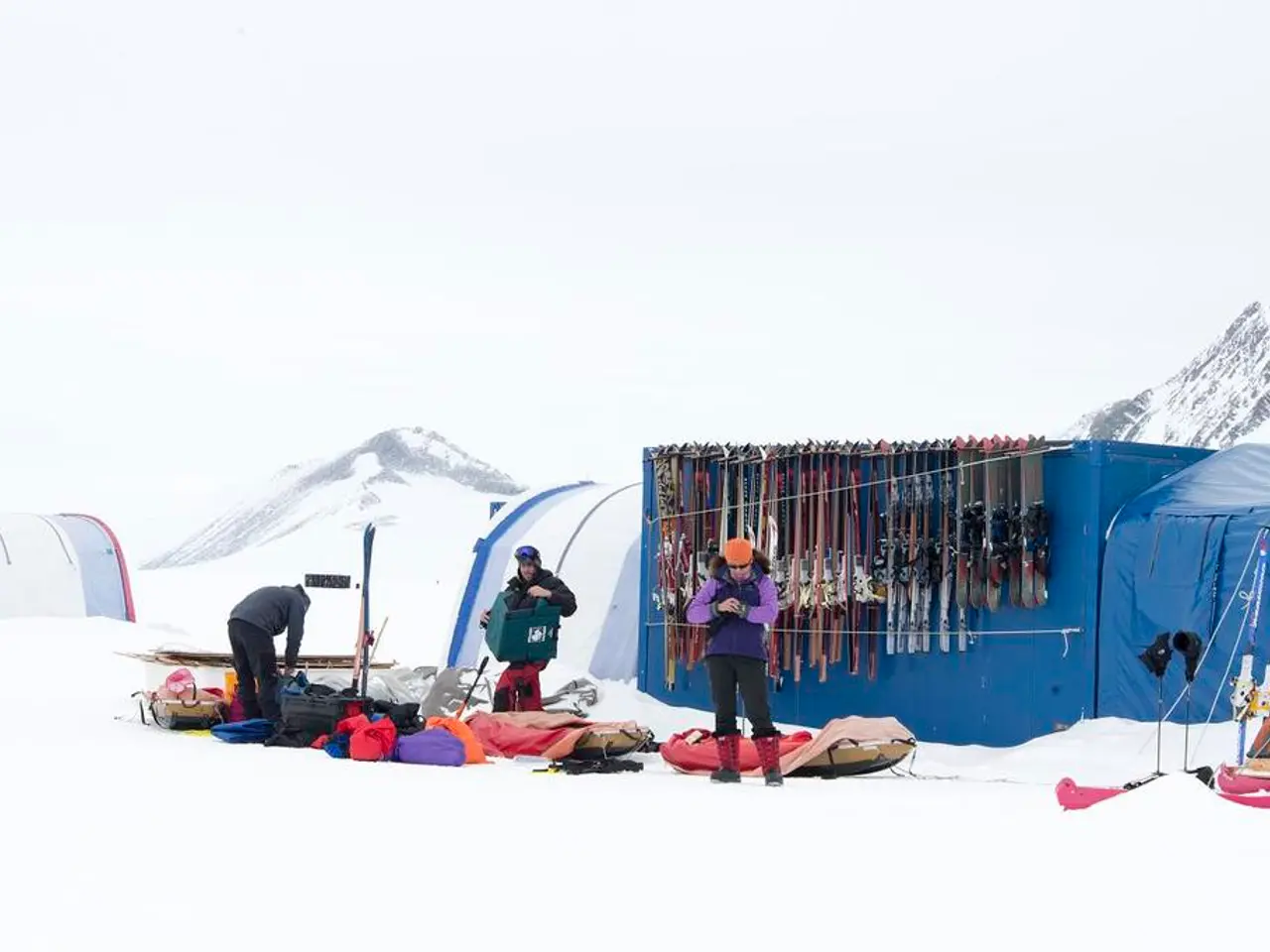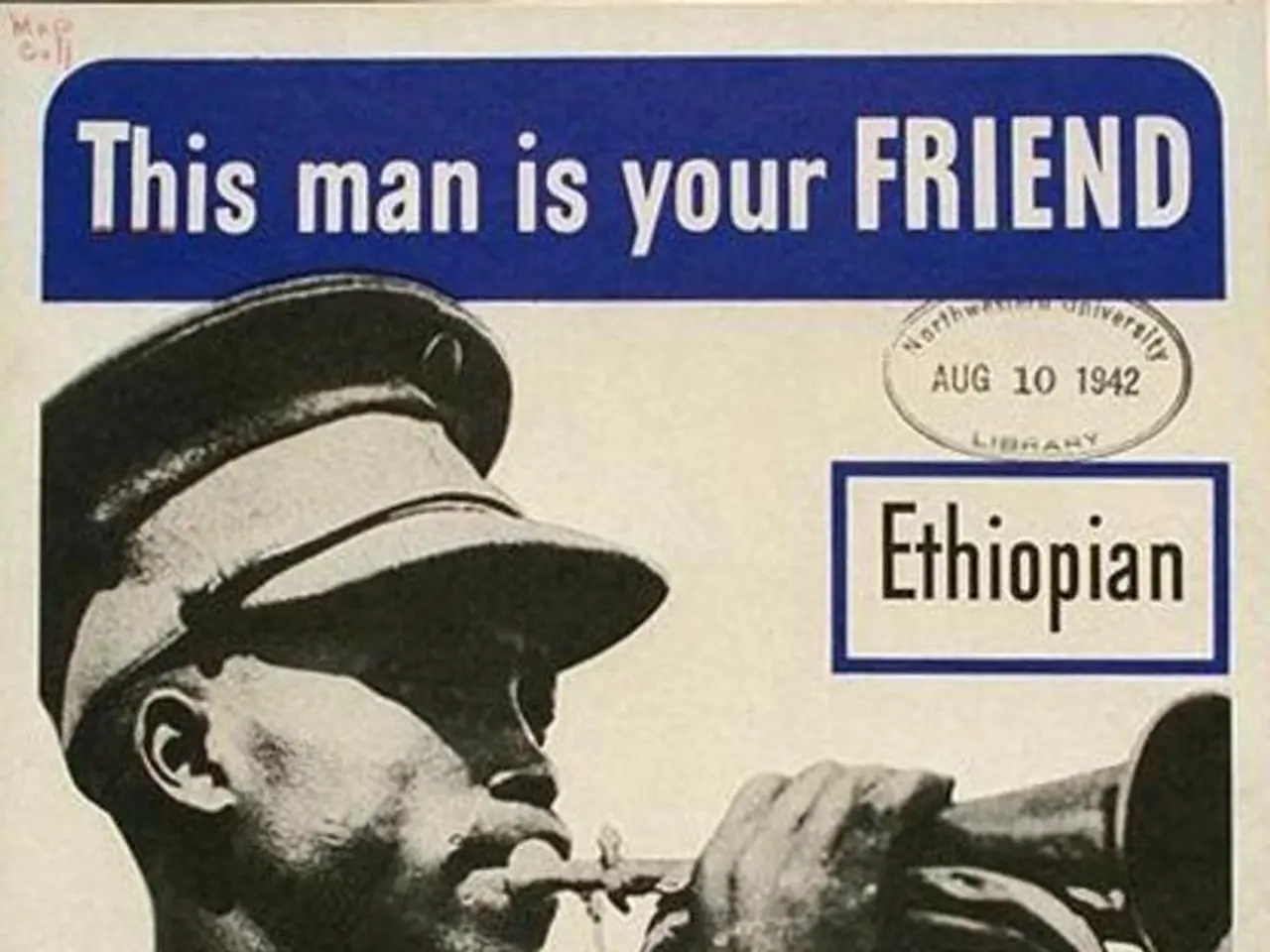Impending Avalanches Serve as Urgent Warnings
Headline: Avalanche Warnings and Close Calls Highlight Importance of Backcountry Safety in New Zealand
Skiers and snowboarders venturing into New Zealand's backcountry should take multiple safety precautions to minimize risks, as highlighted by recent close calls and avalanche incidents.
Recommended Precautions
- Avalanche Safety Gear: Carry a transceiver, shovel, and probe at minimum for avalanche rescue scenarios.
- Specialized Clothing and Equipment: Use alpine touring boots, skins, crampons, and layered clothing including waterproof outerwear, thermal layers, and gloves/fleece for cold protection.
- Training: Take avalanche safety courses that emphasize not only technical rescue skills but also decision-making and understanding human factors in avalanche terrain.
- Group Awareness: Communicate clearly with partners, make group decisions carefully, and stay vigilant of changing snow and weather conditions.
- Hut Use and Etiquette: If using Department of Conservation (DOC) huts, follow leave-no-trace principles, respect other users, and log trips for safety.
- Avoid Early Winter Risks: Early winter can pose additional risks as snowpack might not yet be fully stable, as highlighted by recent tragedies prompting NZ Mountain Safety Council warnings.
Staying Updated on Avalanche Conditions
- Check Avalanche Forecasts: Use local avalanche advisory services regularly before and during backcountry excursions.
- Monitor Weather and Snow Conditions: Weather changes rapidly and directly affect avalanche dangers, so ongoing monitoring is crucial.
- Use Local Information Resources: Hut books, guides, and backcountry networks often provide recent observations and warnings.
- Be Informed and Prepared: Continuous education and real-time decision-making based on current conditions are vital to safety.
The NZAA and Avalanche Forecasts
The NZAA provides daily avalanche forecasts for 13 backcountry alpine regions around Aotearoa. Those venturing beyond the patrolled ski area boundaries need to take responsibility for assessing the terrain, understanding snow conditions, and making safe decisions. Skiing within the ski field boundary means you're within a controlled environment where ski patrols monitor and manage avalanche danger.
Recent Incidents
On the same day, a snowboarder in a party of three triggered a persistent slab avalanche outside the Fox Peak ski area in the Mackenzie Region, causing a 250-meter-long, 50-meter-wide avalanche. At least three avalanches occurred near ski fields over the weekend. This prompted a search operation, as it was unclear if anyone was in the area at the time. The Local Search and Rescue Dogs Avalanche team searched the avalanche debris on Mt Ruapehu.
On Saturday 10 August, a skier in a party of three triggered a persistent slab avalanche in the Craigieburn Range, Canterbury, with one skier narrowly escaping injury. No one was caught in the path of the avalanche in the Mackenzie Region. The New Zealand Avalanche Advisory (NZAA), operated by MSC, has identified a range of avalanche problems for the weekend, including persistent slabs. On Sunday, the Turoa ski patrol on Mt Ruapehu reported signs of an avalanche outside the ski area.
Cautionary Advice
The Mountain Safety Council (MSC) is urging skiers and snowboarders to be cautious when venturing into unpatrolled areas. People heading into the New Zealand back country this winter, are encouraged to get the forecast, get the training, and get the gear. After a comprehensive search, no one was found and the search was concluded.
Skiers and snowboarders can reduce risks in New Zealand's backcountry by carrying essential safety gear, using specialized clothing and equipment, and receiving proper training, as these precautions were emphasized in the light of recent close calls and avalanche incidents. Continuous education and real-time decision-making based on current conditions are essential for staying safe in the backcountry, as underscored by the NZ Mountain Safety Council's warnings about early winter risks.






